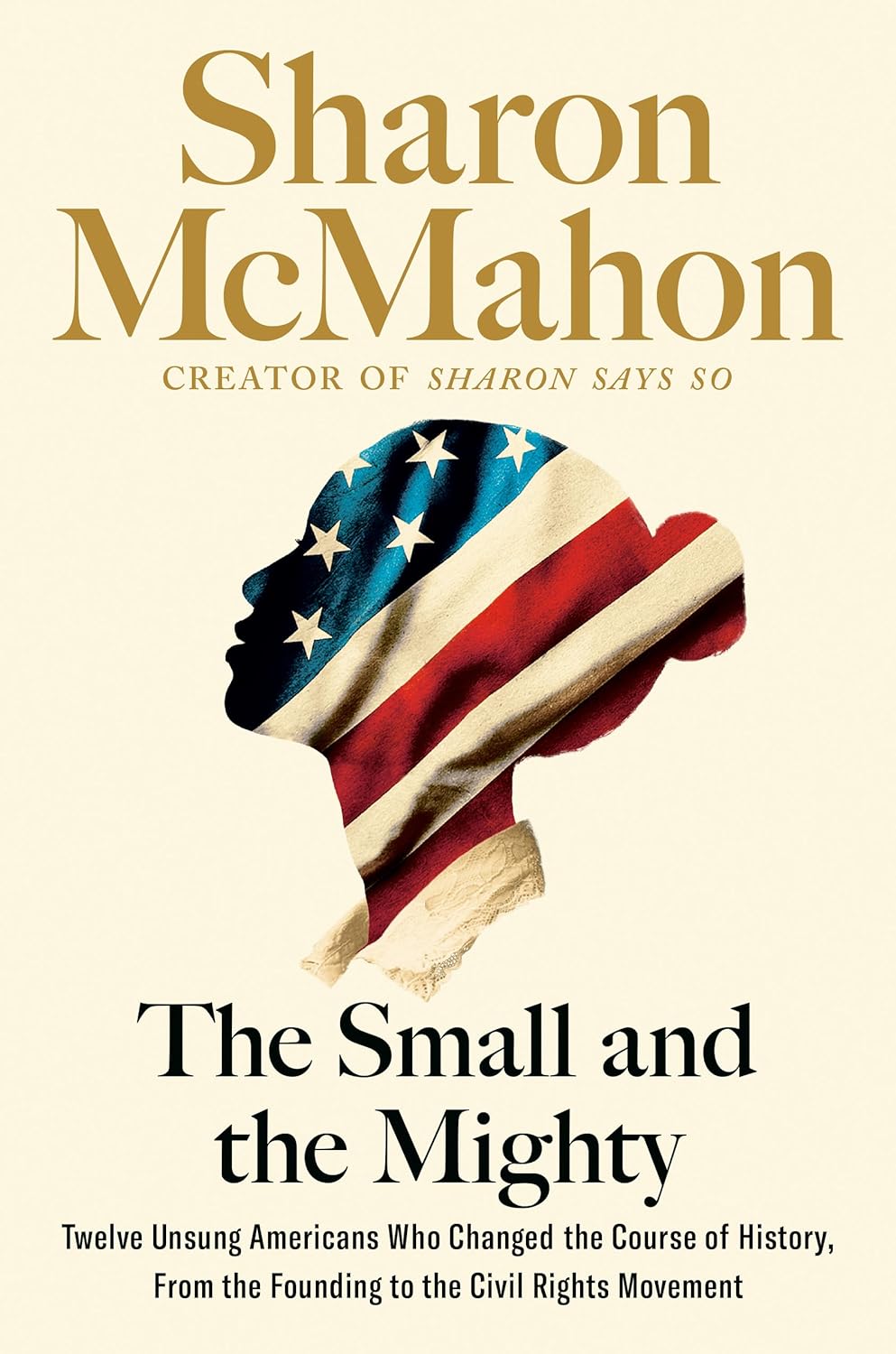Chapter 9: Inez Milholland_New York, 1910
byChapter 9 explores the life of Inez Milholland, a powerful and compelling figure in the early 20th-century women’s suffrage movement. Inez’s beauty and intelligence allowed her to stand out in a time when women were often restricted to traditional domestic roles. She emerged as a key voice in the fight for women’s rights, advocating not only for suffrage but for broader societal changes, including civil rights and prison reform. Living in New York in 1910, Inez broke away from the societal expectations of femininity during the Gilded Age, which heavily emphasized domesticity and a woman’s place in the home. Educated at Vassar College, Inez’s academic background helped fuel her ambitions, and she became determined to use her position to fight for justice and equality in many different areas. Her work went beyond just securing the right to vote for women; she sought to improve the lives of marginalized people, demonstrating a deep commitment to social change.
Raised in a progressive family, Inez was influenced by the ideals of social justice instilled in her by her father, John Milholland, a co-founder of the NAACP. His commitment to civil rights shaped Inez’s own political beliefs, and she grew up surrounded by discussions on equality and human rights. The chapter draws parallels between Inez’s family and the fictional Banks family from Mary Poppins, suggesting that they shared an adventurous, open-minded approach to life that encouraged social progress and activism. Inez’s childhood shaped her into someone who was not only committed to addressing women’s rights but also to ensuring that racial and social justice were key parts of the broader movement. This upbringing, combined with the influence of her progressive family, gave Inez the courage to confront societal norms and challenge the legal and political systems that oppressed both women and people of color. Her sense of social duty led her to become a key player in the suffrage movement, where she fought for change on multiple fronts.
Inez Milholland became a prominent figure in the suffrage movement, but her advocacy was often complicated by the exclusionary practices that were common within the movement itself. While she was recognized for her beauty and charisma, Inez’s real influence lay in her ability to captivate and inspire those around her. Her speeches and public appearances attracted significant attention, and she used her charm to advance the suffrage cause. However, racial exclusion was a significant problem within the suffrage movement, particularly in how Black women were treated by many white suffragists. Many white suffragists focused on their own struggle for voting rights and often sidelined the contributions and concerns of Black women. This created a divisive and unequal atmosphere within the suffrage movement, highlighting the complex intersectionality of gender and race that Inez and others had to navigate. Despite these challenges, Inez remained committed to the cause, pushing for both gender equality and racial justice, even when it was unpopular.
The chapter culminates in the dramatic events surrounding the 1913 suffrage parade in Washington, D.C., where Inez led a group of suffragists through the streets of the nation’s capital. The parade, while intended to be a peaceful demonstration, was met with violent hostility from onlookers, reflecting the intense opposition women faced in their quest for equality. As they marched, suffragists were subjected to physical abuse, yet they did not waver. Inez, undeterred by the chaos and violence around her, continued to lead with steadfast determination, a symbol of the struggles women faced in demanding their rightful place in society. Her courage in the face of this opposition became a powerful symbol of the suffrage movement’s enduring resilience. Inez’s leadership and refusal to be intimidated exemplified the many trials suffragists endured during their fight for justice. The chapter concludes by reflecting on the tremendous sacrifices made by Inez and other suffragists, and her legacy continues to inspire future generations. Through her efforts, Inez Milholland remains a symbol of the strength, determination, and vision that led to significant advancements in the fight for women’s rights, laying the foundation for future victories in the ongoing struggle for gender equality.

